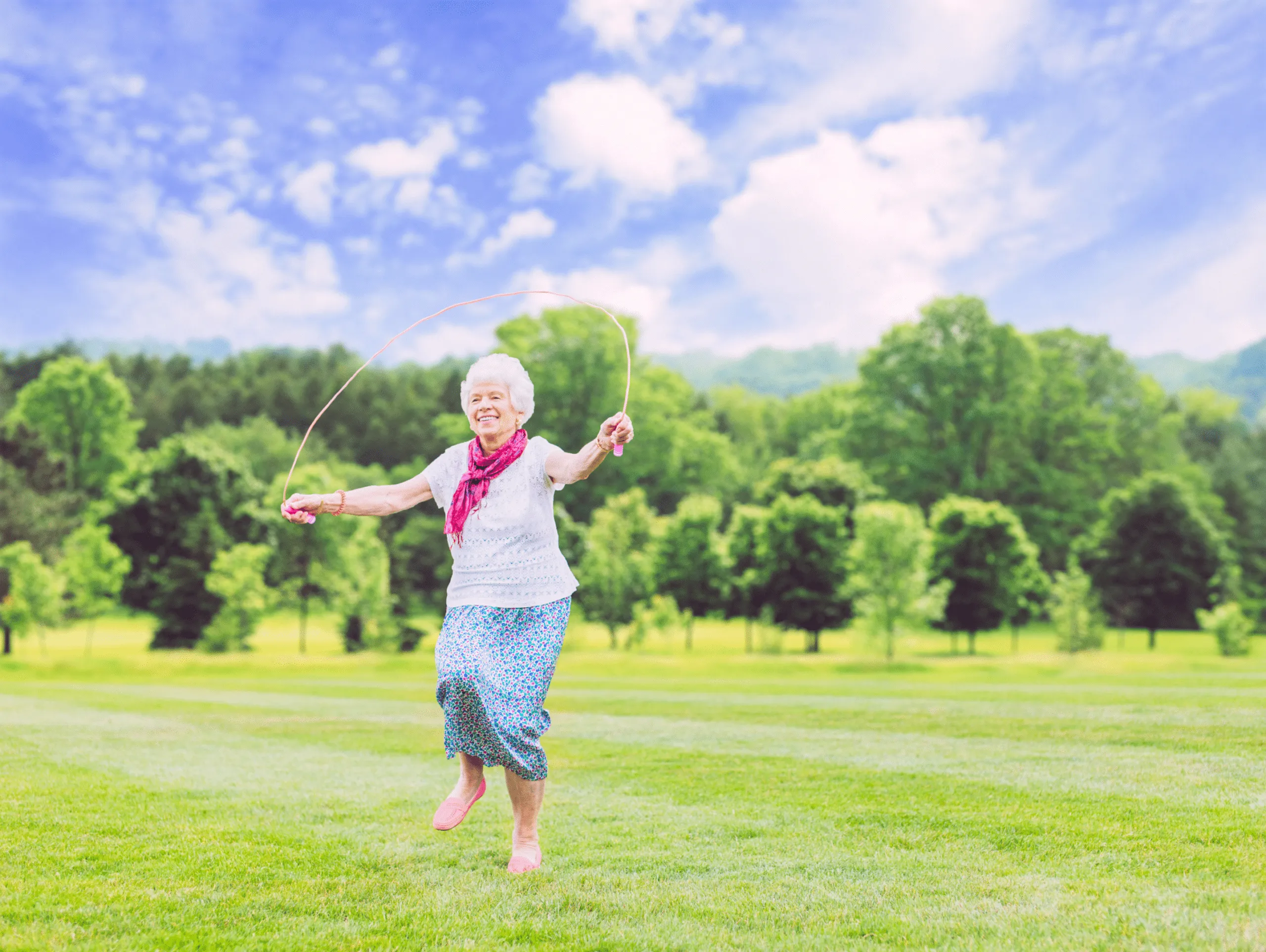Did you get to enjoy the outdoors this summer? Pitch the tent? Start the campfire? Personalize the family campsite?
Hollywood celebrity Tom Hanks worked hard on his campsite in the blockbuster film Cast Away (2000). In his Oscar nominated performance, Hanks battles a classic concept known as the "7 Enemies of Survival".
7 Enemies of Survival:
Pain, cold, thirst, hunger, fatigue, boredom, and loneliness.
Although simple, the "7 Enemies of Survival" are important in wilderness training. It provides awareness for if a survival situation were to occur.But how does this relate to seniors? Throughout this post, we will discuss how camping (with Tom Hanks), is similar to a senior living in isolation. We will draw from Hanks' experiences for examples and relate it to seniors' issues. Tips on how to assist your loved ones will follow.
Relating Boredom & Loneliness to Seniors
- Hanks experienced that boredom and loneliness were the most difficult enemies to handle on a deserted island.
This is exactly the same case for seniors isolated in their homes. The first five enemies are physical issues – they are easy to deal with individually. The tough ones are the mental issues of boredom and loneliness. These cannot be dealt with alone. Isolated seniors may lose their sense of belonging if they lack friends in community. Worse is if these seniors have physical disabilities and cannot go out. This loss of purpose may cause discouragement, and impair the strongest minds. Many claim to lose their will power, and creep into depression.
Hanks developed boredom and loneliness unexpectedly.
Many people (of all ages) do not believe in loneliness. It is seen as being mentally weak. But honestly, who would admit they are lonely? Would you think twice before saying that out loud? Mental health stigma is unfortunately very present amongst the public. It is a societal issue and many countries have recognized that.
For example, a recently released New York Times article "Researchers Confront an Epidemic of Loneliness" 1 references many issues related to loneliness. The article describes how mental feelings of loneliness can impact the physical body. There is more than just an increased stress response and a decreased immune system (white cell count). To summarize the other findings by the article, loneliness impairs mobility, decreases performance of daily activities, and increases the risk of early death (more than obesity).
Hanks created a friend to combat loneliness and iconically named him Wilson.
Although not stranded on an island like Hanks, isolated seniors may not speak to anybody for days. Some seniors only interact with the grocery store clerk twice a week. Others have trouble getting to the grocery store, coffee shop, or community center. These seniors with physical mobility issues are literally stranded (like Hanks) in their own homes.
The New York Times article1 begins with introducing a breakthrough UK telephone service called the Silver Line Helpline. A description is given of a telephone operator having a spirited conversation. They are chatting about the caller's 81st birthday last week. The conversation quickly turns sour when the operator asks "who did you celebrate with?". With the answer "No one…", it was clear she had been alone for a week.
Like Hanks and many other mammals, a basic need of human beings is contact with other people.
What Can We Do About It?
Be present with your loved ones. Having quality time with your loved ones does not mean you have to do an activity. Lunch out every time you are together should not be a requirement. In fact, you do not have to do anything at all. Being present with them and doing absolutely nothing together is completely fine. For example, sitting together over coffee while reading separate material work. In this case, you are physically present together without an interacting activity. This is enough to help loneliness.
Connect your loved one to the community. Like stated above and in previous blog posts, a support network of friends is very important. Whether it is a non-profit, or community center group, these social connections give a reason to get up in the morning. As written about in a previous blog (The Power of Social Engagement), it does matter what type of social engagement a person participates in. Just getting out of the house, and interacting is the key. It is never too late to start! A group exercise group is even better: it provides physical and mental stimulation (The Power of Group Exercise).
Help do your part. Simply put, make sure your loved ones are socially supported! You can also join us in leading by example and spreading the word.
Ready to Get Started?
We are here for you 365 days a year. Give us a call or fill out the Caring Consult form.



























